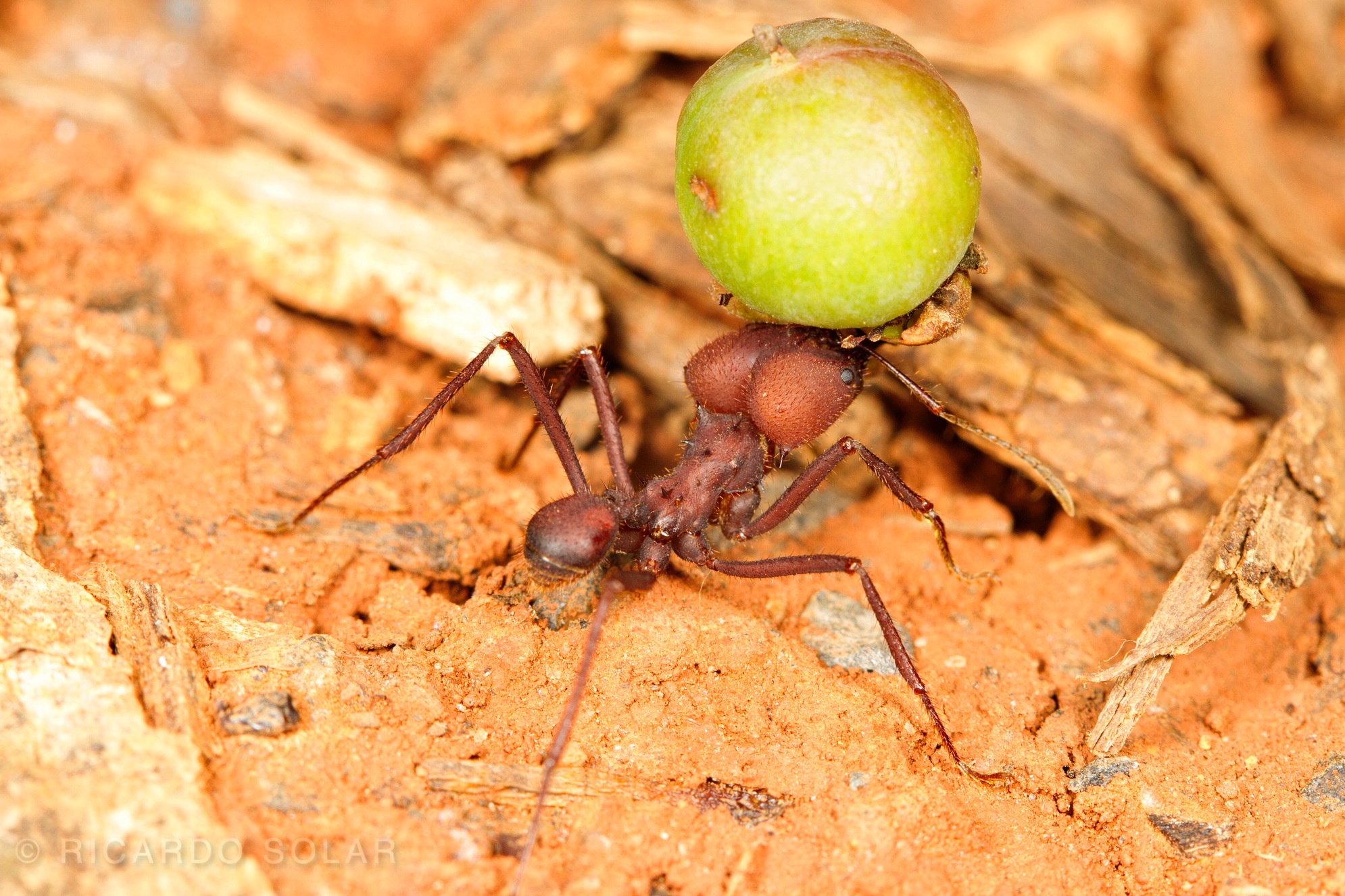By Ricardo Solar
That rates of forest loss in the tropics are alarming is no novelty. Several human activities, including selective logging, cattle ranching, and agriculture, have led to widespread fragmentation, deforestation and forest degradation. Thus, tropical forests are embedded in a complex mosaic of several human land-use systems. These losses are proceeding despite the high value of tropical forests for global biodiversity. A key question that follows is how can we manage these landscapes in order to minimize harmful effects on biodiversity? One way to effectively manage biodiversity is to quantify how biodiversity responds to deforestation and forest disturbance and natural regeneration. In particular, secondary forests are an increasingly important land cover type in the tropics, with an emerging consensus from researchers and policymakers that forest regrowth is critical for biodiversity conservation. However, most studies of biodiversity in secondary forests have been conducted at relatively small scales, lack representation of the entire mosaic of land use types and have focused on vertebrate and plant biodiversity. Our new study addresses these gaps by quantifying ant biodiversity at landscape-scales across the Brazilian Amazon.
Understanding how ants, in particular, respond to secondary forest succession is critical because ants alone weigh more than all known land vertebrates (e.g. frogs, birds and mammals), except humans. Ants are also critically important ecosystem engineers, affecting nutrient cycling, seed dispersal and pest control.
We surveyed ant biodiversity in 192 areas of the Brazilian Amazon, encompassing 2 million hectares and seven different land-use and forest disturbance classes – from undisturbed old-growth forest up to intensive agriculture. Our results demonstrate that forests of any age have twice as many ant species compared with areas of Eucalyptus, pastures and agriculture. Nevertheless, old-growth forests still play an important role in conserving ant biodiversity. We found that old-growth forests harbor distinct ant communities and promote species richness in non-forest sites close to old growth forests.
The most important conclusion of our study is that second-growth forests play a key role in conserving ant biodiversity in human-modified tropical landscapes, and should be included in conservation planning. Regional conservation planning should also take into account the landscape context of forest fragments in relation to old-growth forests which appear to drive ant species richness in human-modified landscapes of the Brazilian Amazon.
Reference:
Photo credit: Ricardo Solar


